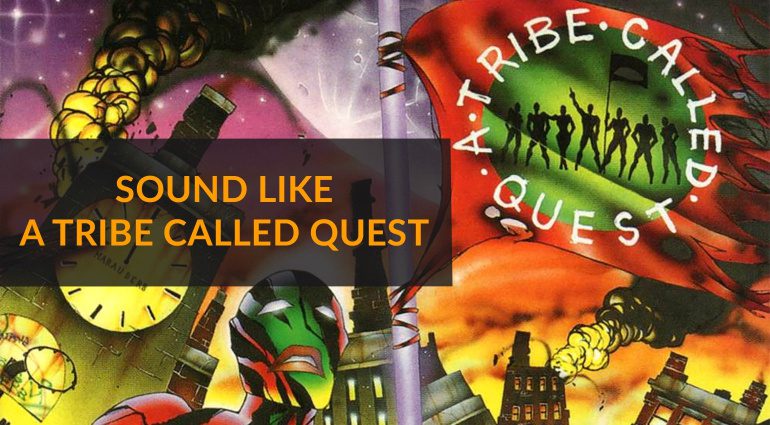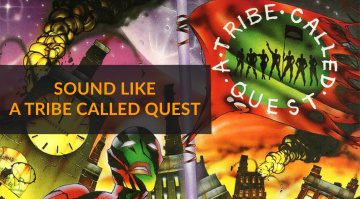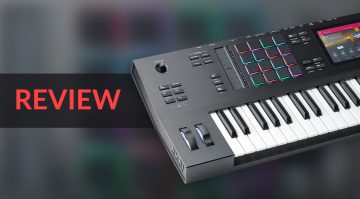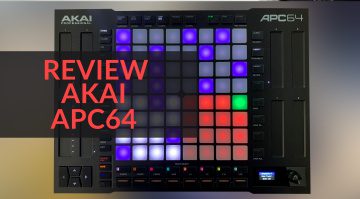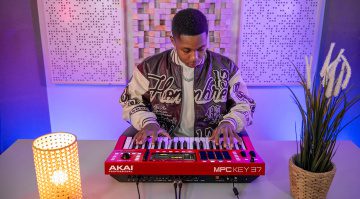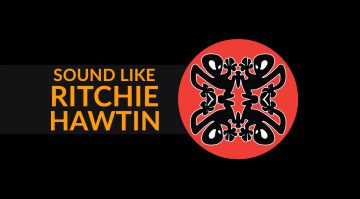Barons Of Boom Bap: How to sound like A Tribe Called Quest
Early 90s Hip-Hop Pioneers.
A Tribe Called Quest was formed officially in 1985 as a Hip-Hop group comprised of members from Brooklyn and Queens, NY. The original lineup was Q-Tip, Phife Dawg, Ali Shaheed Muhammad, and Jarobi White.
Before Jive Records (a subsidiary of Zomba Records) built an empire with Backstreet Boys, Britney Spears, and N’Sync, the company was known for signing prominent Hip-Hop and R&B acts in the late 1980s through to the mid-90s.
It was in 1989 that A Tribe Called Quest signed a 6-album deal with Jive and went on to become one of the most successful acts among their peers, producing all-time classic albums like The Low End Theory (1991) with legendary producer/engineer Bob Power.
The sound of A Tribe Called Quest
At this time, the workflow behind Hip-Hop production certainly wasn’t as breezy as flipping open your laptop and running FL Studio. Let’s discuss some of the instruments, studio gear, and creative processes that contributed to the TCQ sound.
E-mu SP-12
Q-Tip’s love for Jazz records was one of the primary sources of inspiration behind the musical direction of the group. Through his journey into sampling and his discovery of the E-mu SP-12, they laid the creative foundations for the albums that followed.
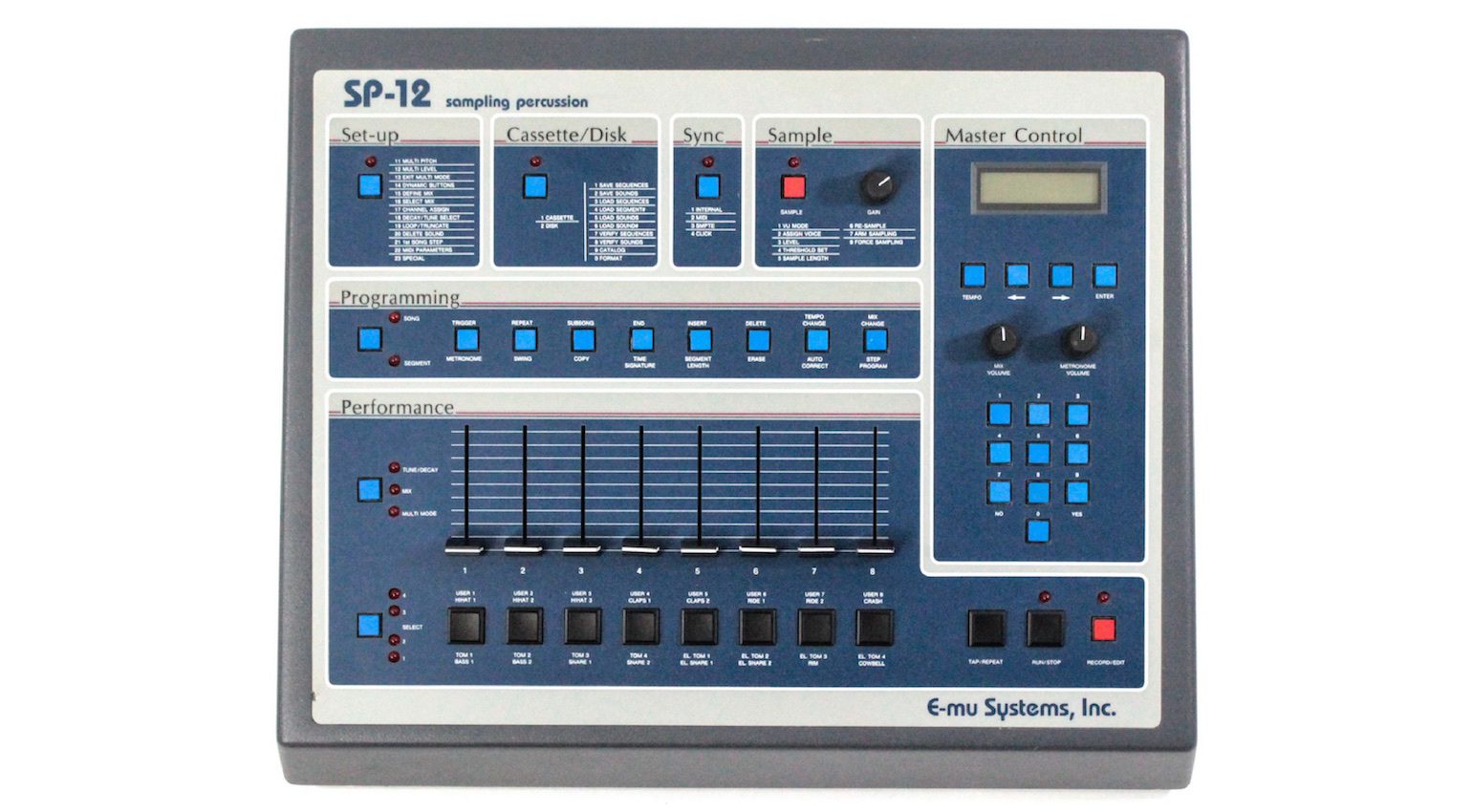
By the time TCQ recorded The Low End Theory, Tip’s workflow had evolved to using a combination of the more advanced SP-1200 and the AKAI S950 rack sampler.
In studio, Bob Power combined the sampled elements using SMPTE timecode and an Atari 1040 running Notator. This haphazard process involved using digital delays to move song elements back and forth on the timeline, which is almost unfathomable by today’s standards.
Instead of jumping into your DAW from the get-go, using a hardware sampler like the Sonicware LIVEN Lo-Fi 12 can recreate the 12-bit sound and bring a slightly less linear feel to your beat ideas.
- More about Samplers

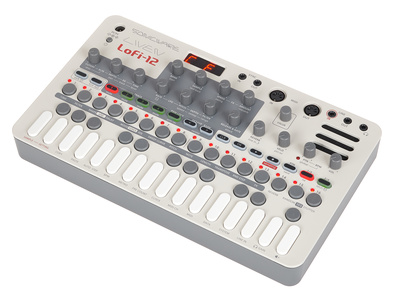
AKAI S950
Easily one of the most widely used samplers in music history, the 12-bit AKAI S950 was introduced in 1988. At the time, it brought new features to the table like pitch-independent time-stretching which was an exciting development.
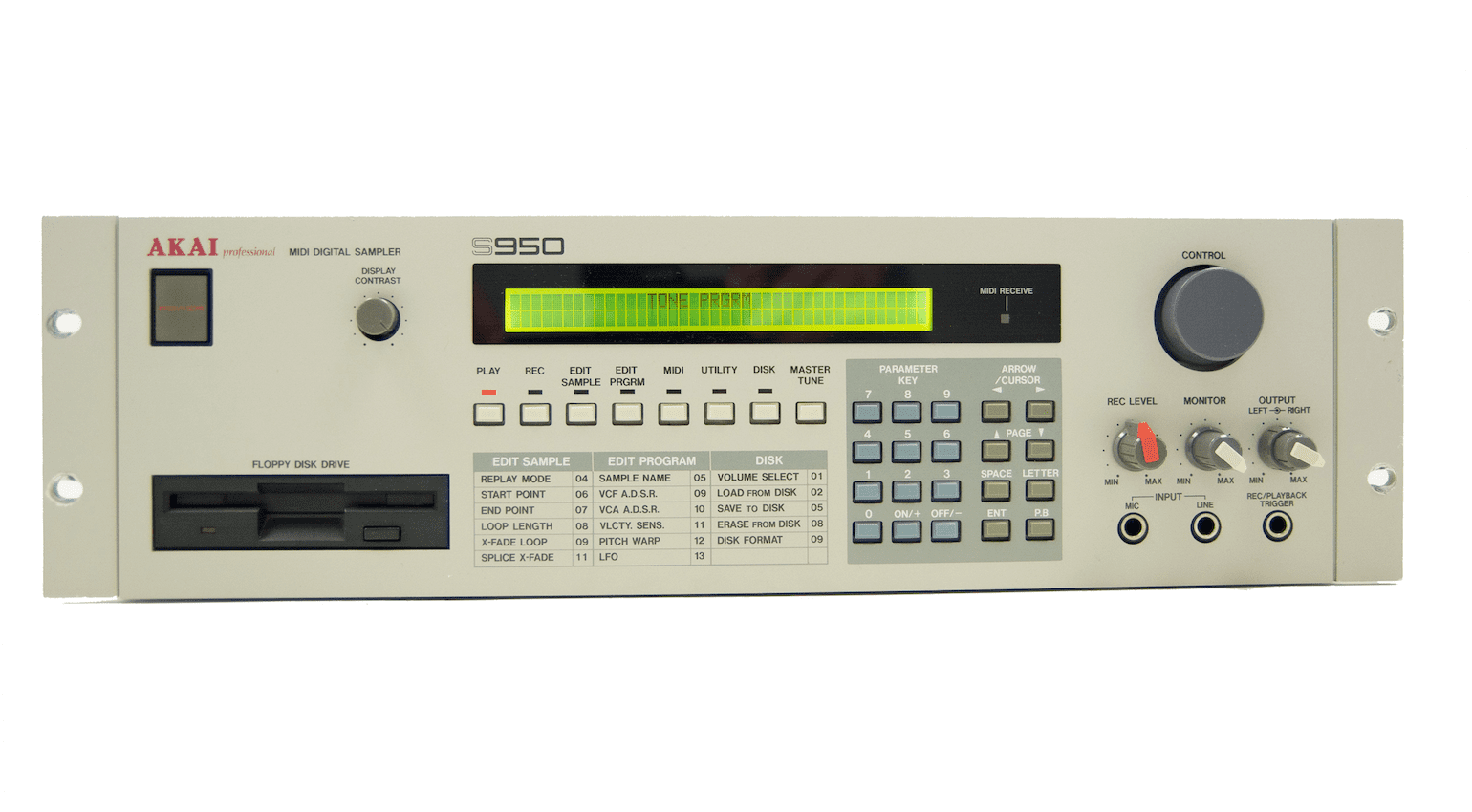
The combination of the E-mu SP-1200 and the S950 became a standard workflow choice of producers until the release of the MPC3000 in 1994. Although E-mu samplers are revered for their sound texture, the AKAI samplers offer far more responsive sample triggering.
Both Q-Tip and the cult figure J Dilla used the SP-1200/S950 combo before switching to the MPC 3000 preceding the production of Beats, Rhymes, and Life.
Today the MPC One divides opinions, as many feel it doesn’t compare to the MPCs of the Roger Linn era. However, it still offers a great modern alternative to producing with a DAW.
- More from AKAI

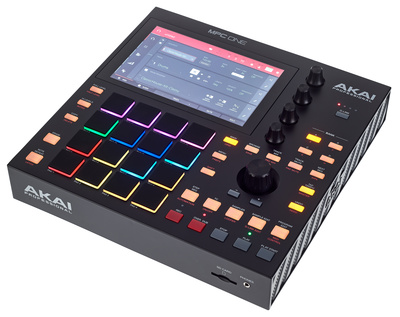
M3 M79
In the early ’90s, Calliope Studios in New York was a hub for Hip-Hop artists and their tracks were all captured onto an M3 M79 tape machine. Creating arrangements on tape is far more challenging, as muting channels during the verse often had to be done in real time.
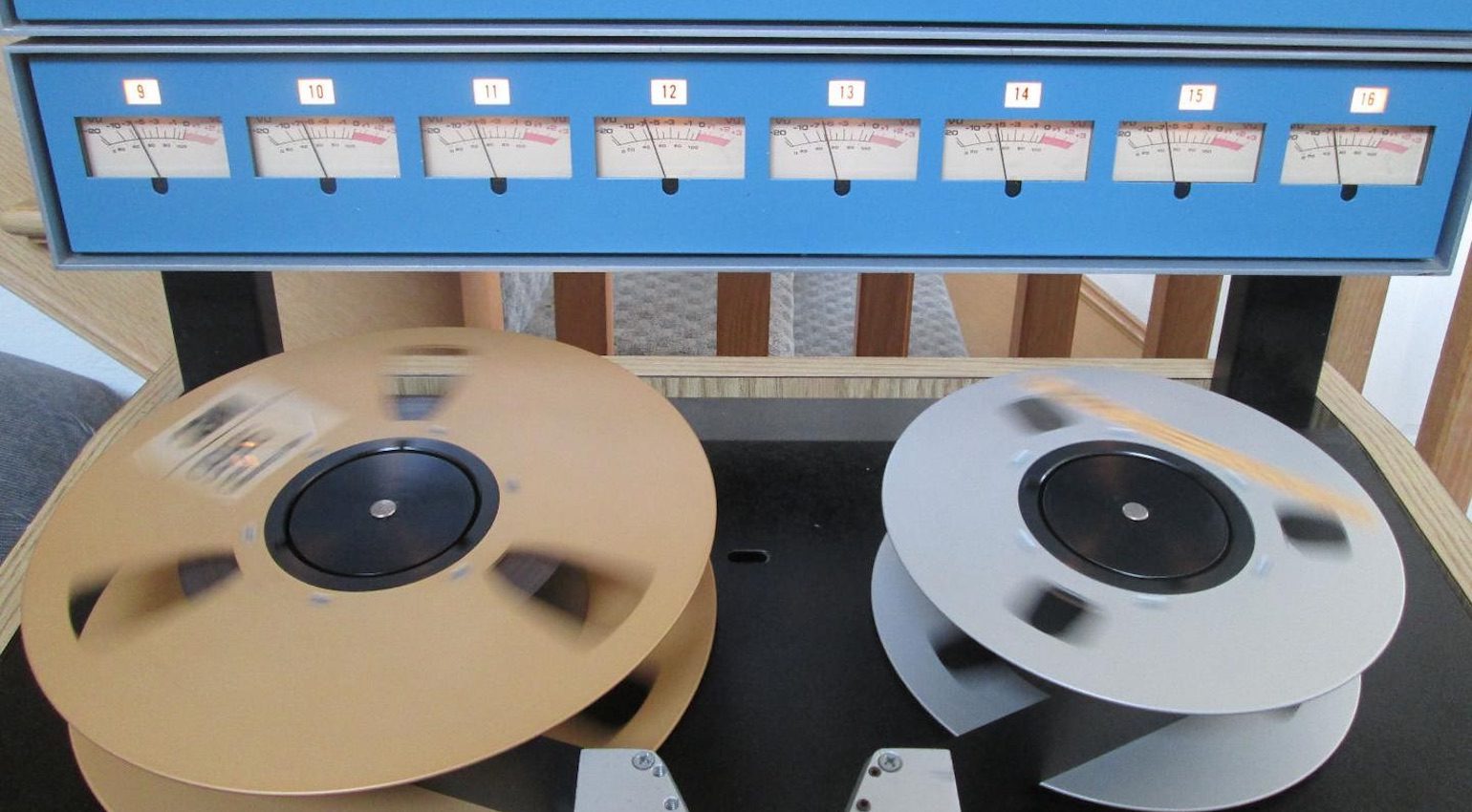
However, the hard-knocking sampled drum hits and rhythmic spoken tonality of rap vocals created a unique sonic character when recorded onto tape. The darker, warmer tonality of the saturation is produced when you drive signals slightly harder to the tape machine.
These days, using tape isn’t the most practical as you need specialized equipment to sync up your sequencer. Instead, you can emulate the coloured saturation of the recording process with the RND 524.
- More about Tape

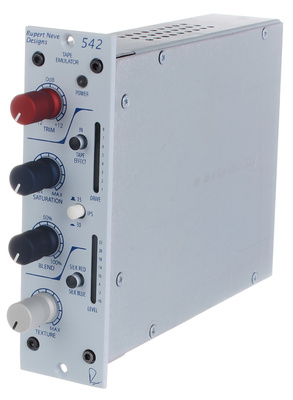
Burwen Research TNE
Sampling old records with low-bitrate samplers can produce some gritty loops, but it can also get noisy. Tribe did actually use vinyl clicks and pops as percussive elements within the instrumental track later on, but Bob Power was adamant about cleaning up samples in their early albums.
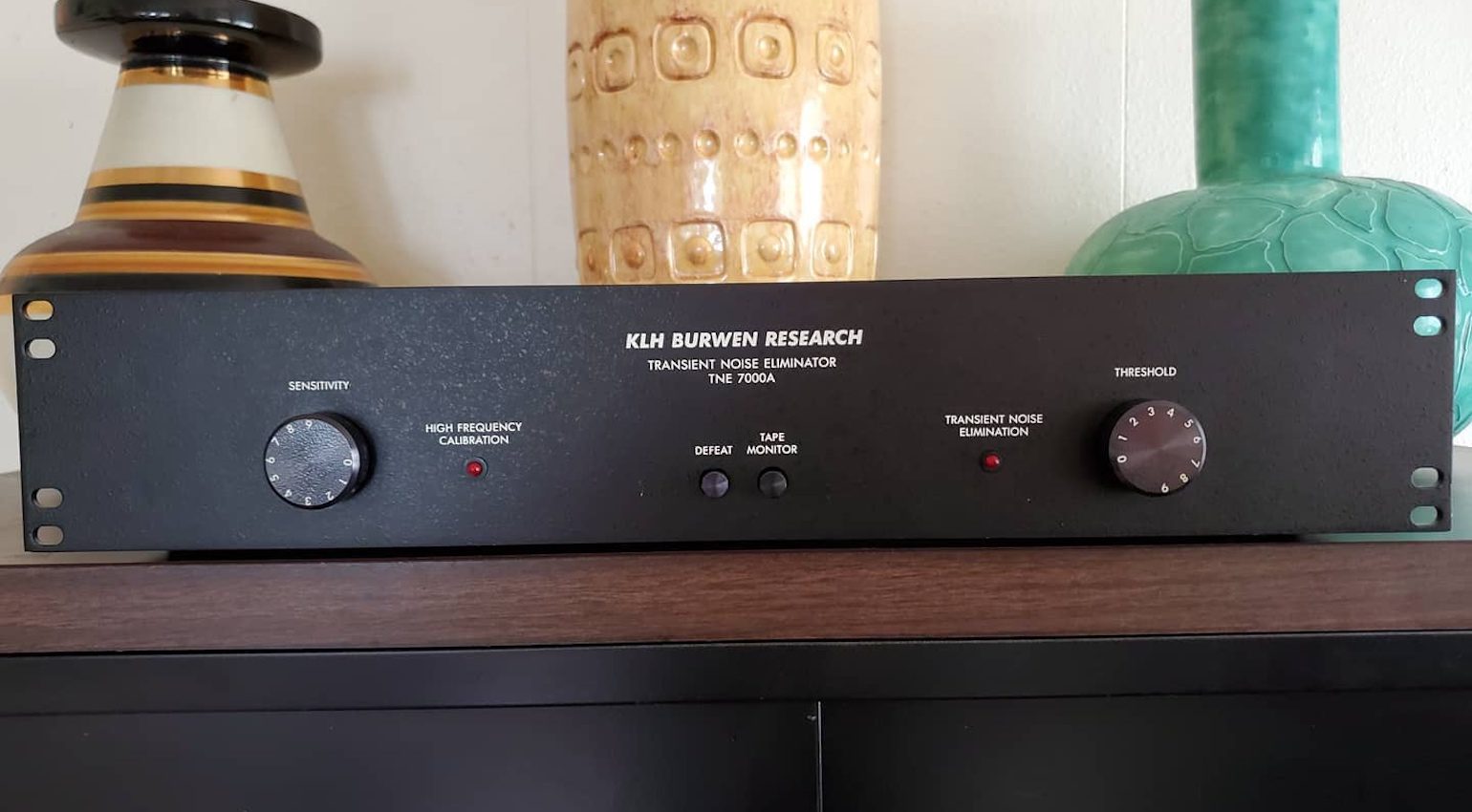
To reduce the transients created by vinyl crackle, he used a piece of Hi-Fi gear called a Transient Noise Eliminator. The samples triggered from the AKAI samplers also required a fair bit of EQ to make them sit in the mix, so it helped to have additional hardware for noise reduction.
Today the Burwen TNE is a rare piece of gear, and very few producers still sample from vinyl. As an alternative, there’s specialist restoration software that can even help you deal with audio from streaming quality files. The anti-DAW purists might object, but sampling was never meant to become an exclusive niche.
- More about Audio Restoration

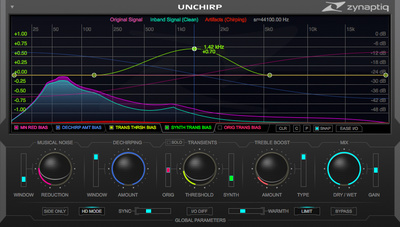
AKG C414
For vocals, Bob Power used the AKG C414. First introduced in the early 1970s, the large-diaphragm condenser was a darker-sounding transformer-based mic that originally used the same CK12 brass capsule as the famous C12.
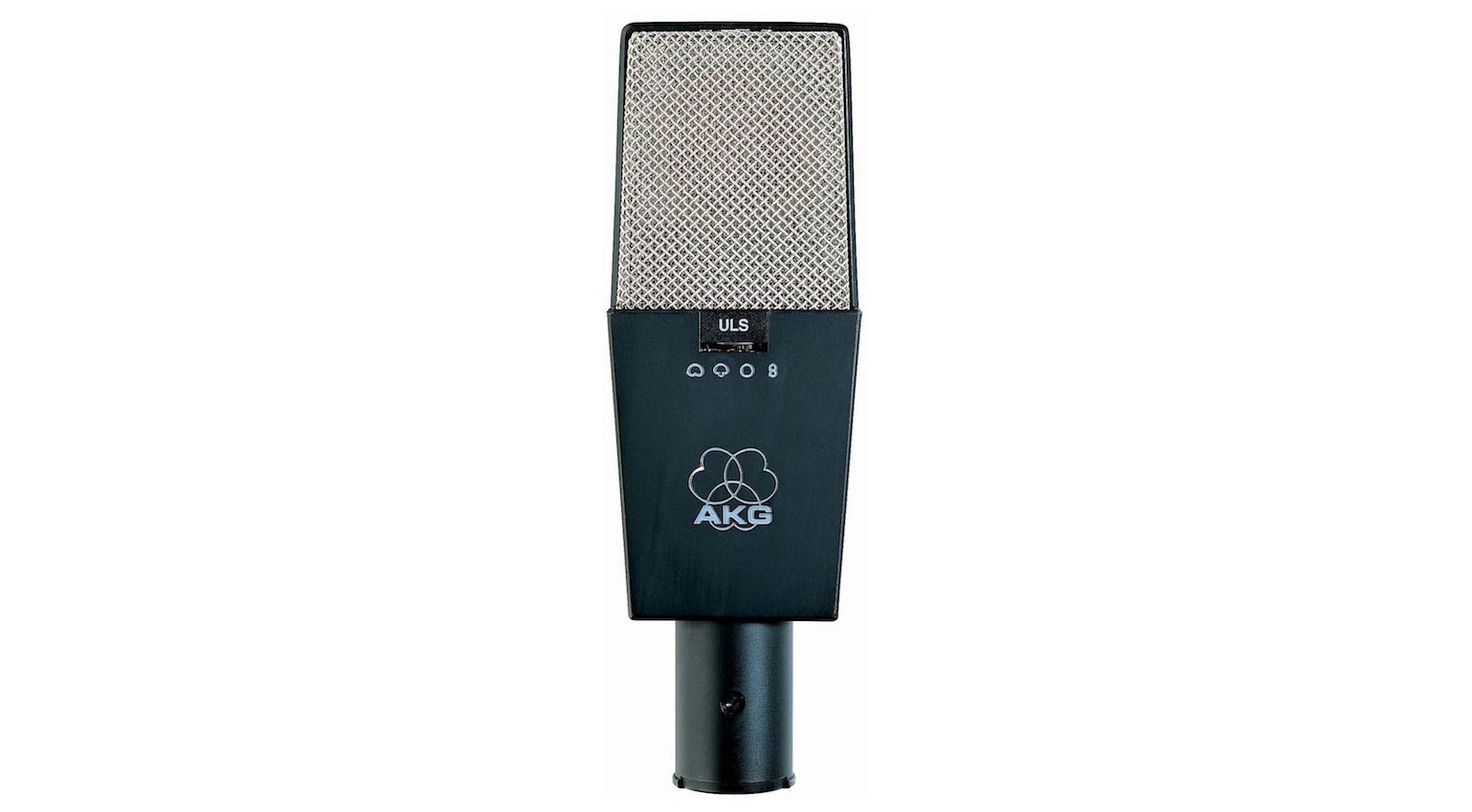
The 414 is an excellent budget alternative to the C12 or other high-end industry standard mics from Neumann and Telefunken. AKG later replaced the expensive CK12 in the 414, and in the mid-1980s the C414B-ULS would be the last transformer-based model released.
Of the two 414 models currently available, the C414 XLS offers a darker overall tone and this will be closer to the earlier versions. Provided you keep the gain on your preamp relatively low, you should be able to get a similar sound with some EQ.
- More from AKG


More about A Tribe Called Quest:
- Tribe official page
- More sound-alikes
- Everything vintage
- Old-school samplers
Videos:
*Note: This article contains promotional links that help us fund our site. Don’t worry: the price for you always stays the same! We will receive a small commission if you buy something through these links. We appreciate your support!
 4,0 / 5,0 |
4,0 / 5,0 | 